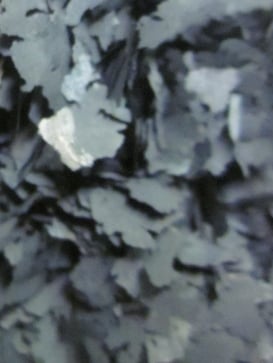When we think about dust particles being picked up by dust collectors we think of the particles as small spheres. And often for theoretical removal efficiency of a dust collector the dust is assumed to be a sphere. This is done to simplify the calculations as spheres act predictably compared to other shapes. However in real life dust isn’t normally spherical in shape. Dust is often created by material rubbing against each other and breaking off. This material often breaks along weak points in the material structure, which often isn’t spherical in shape. The material can have a wide range of shapes.
The heavier the material the less the material shape affects how the particle acts in the airstreams. While the lighter the particle the more subjective the particle is to the forces being applied by the airstream. For example, two pieces of dust that weigh the same will act differently if the volumes of the two particles are different. The lighter unit (larger volume) will be harder to capture in a dust collector than the heavier one.
Spherical Particles
Spherical particles are easier to predict when flowing through an airstream. A spherical dust particle looks exactly the same no matter what angle you are looking at it. So basically the particle will react the same no matter which way a force acts on it. However as the particle becomes less spherical, the geometry of the particle offers more area for forces to affect it from certain angles and less from others. For example, a cylindrical particle will have smaller surface area if the force hits the round ends (let’s call these top and bottom) of the cylinder rather than hitting the longer straight walls (let’s call these the sides) of the cylinder. And the more surface area available the more force will be applied to the particle, which can cause the particle to move in the airstream, ex. spin, wobble, etc.
Particle vs. Filter
To understand how the shape of a particle can affect its removal in a dust collector let’s look at the cylindrical dust above heading to a fabric filter. If the particle reaches the filter with its side facing the filter, the chances of it getting through the small openings in the filter are very small. While if the particle reaches the filter with the top/bottom facing the filter, it could possibly slip through the opening and get past the filter. So as you see, the orientation of the particle could affect whether it is being collected or not. And since there are thousands of particles moving through the dust collector, there will be a small percentage that will hit the filter just right and pass through, thereby lowering the removal efficiency of the dust collector.
So if your dust collector isn’t getting the removal efficiency that you expected from theoretical calculations, the particle shapes could be the cause of the lower removal efficiency. Special particle size tests can be done to show the different shapes so that the particle shapes can be taken into account.
To learn more about which dust collector, please contact our experts at 440-543-7400 or visit our website: www.dustcollectorhq.com.
To improve efficiency and safety, there is no substitute for an on-site inspection by an experienced expert. Click below to start with a free 20-minute phone consultation by clicking the button.

